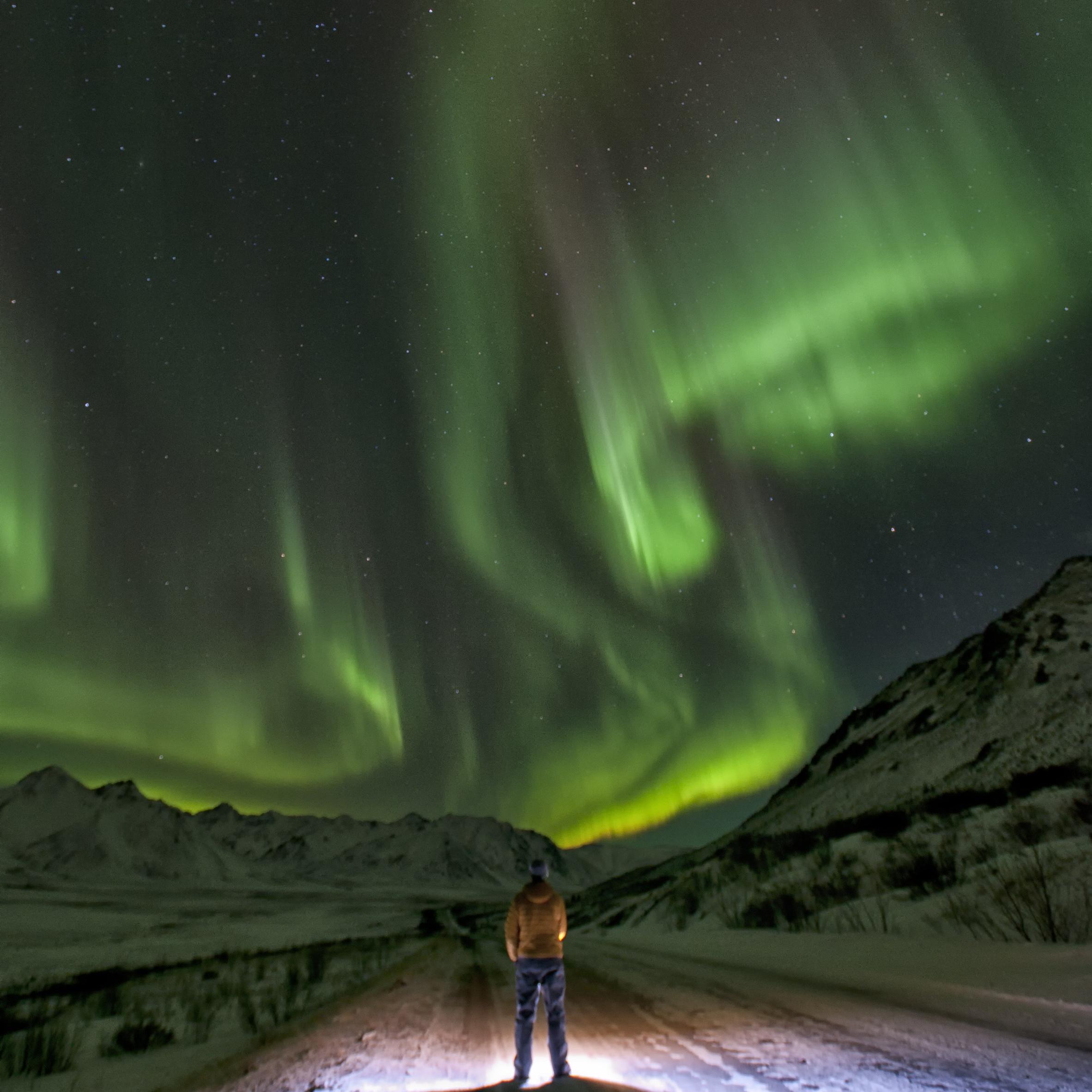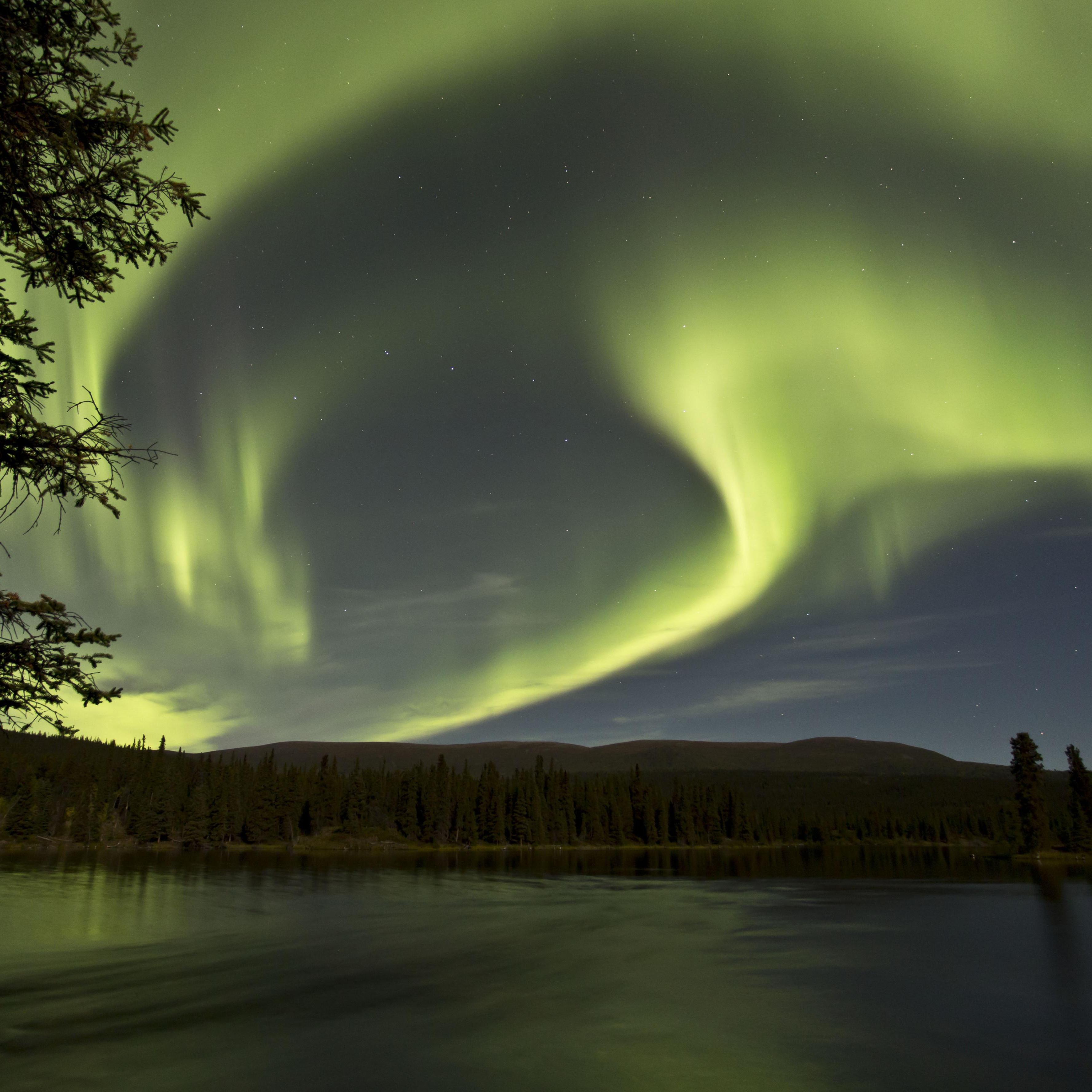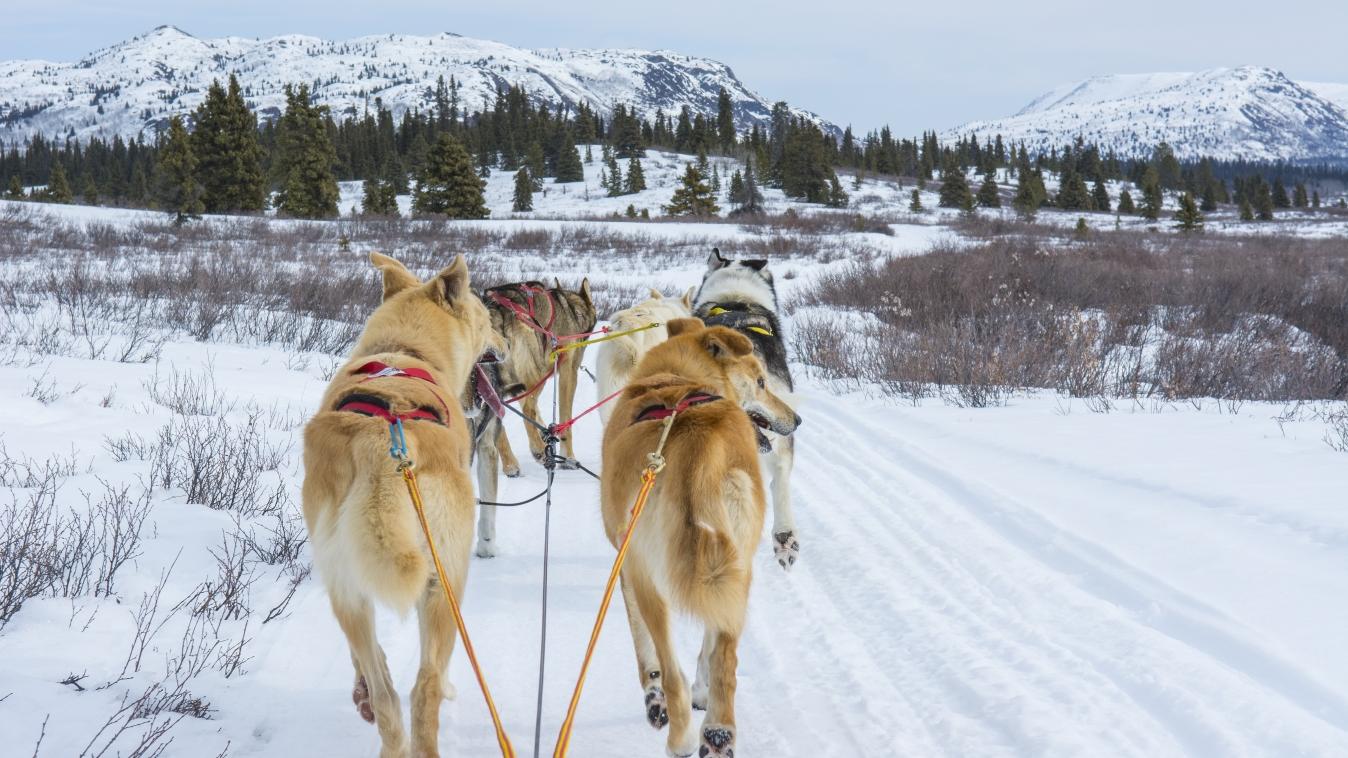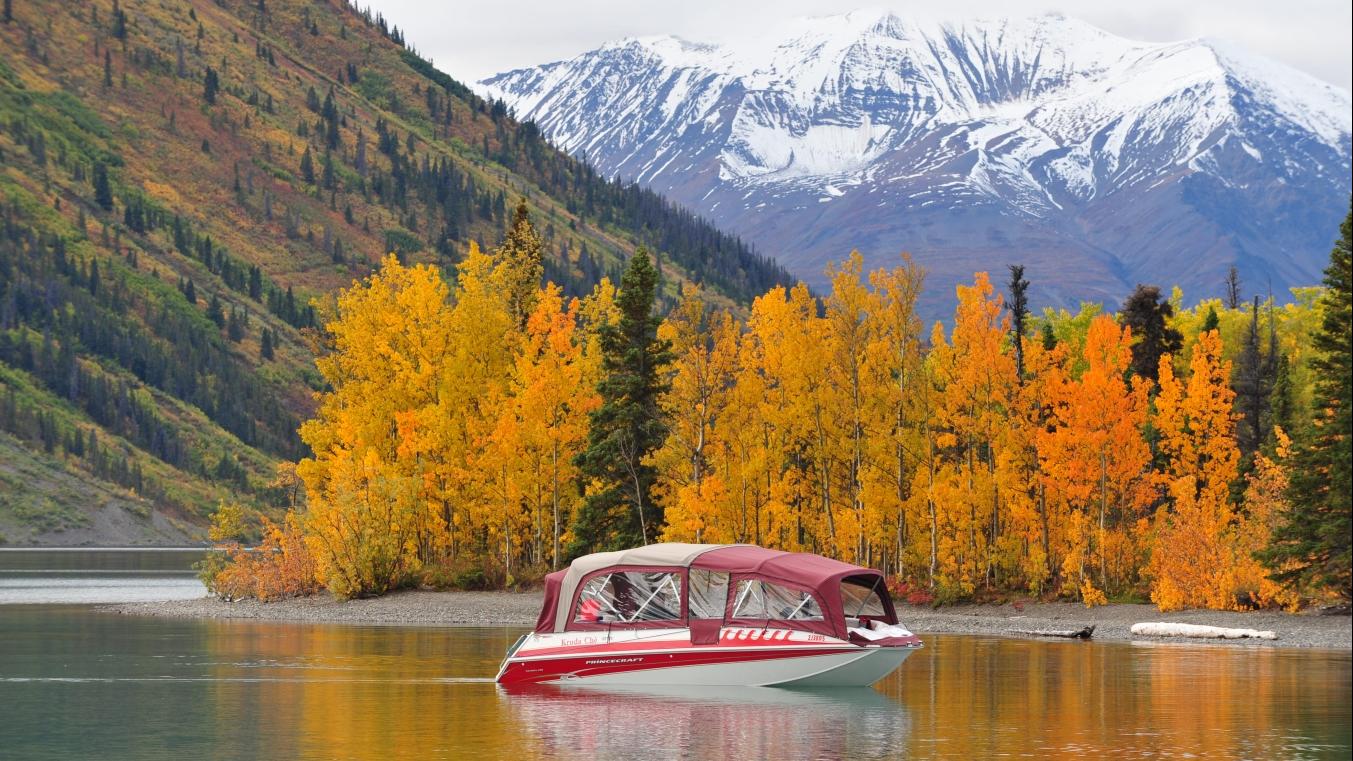It was the Italian astronomer Galileo Galilei who coined the term “Aurora Borealis” in 1619. In Roman mythology “Aurora” was the name for the goddess of the dawn and “Boreas” was the god of the north wind.
But human fascination with the Aurora Borealis, or Northern Lights, goes back much further than that. From the spirits of the dead, to demons, to portents of both good and evil, indigenous people around the Arctic have developed their own myths and legends about the aurora throughout the ages.
Those words were written in the early 1900’s by the Yukon’s most famous poet, Robert Service, in his poem “Ballad of the Northern Lights”. He was just one of many who have been enthralled by them.
Today, the aurora continues to captivate people from around the world, and each year travelers converge on the Yukon to witness one of nature’s most awe-inspiring events.

WHAT CAUSES THE AURORA?
The sun releases high-energy particles from its atmosphere in what are known as solar winds. It takes these particles about 40 hours to reach Earth. When they do, they collide with gases in the earth’s atmosphere which causes the aurora.
Find out more about the science behind the aurora here.
WHEN AND WHERE TO SEE THE AURORA BOREALIS IN THE YUKON
The aurora borealis is visible in the dark Yukon skies for most of the year - from late summer to spring (late August to early May). While they are visible over most of the Yukon, the main centres for aurora viewing are Whitehorse and Dawson City (fall aurora).
There are two distinct aurora viewing seasons – the fall season in August and September and the winter season which runs from October to April.
You can see the current aurora forecast here.


Winter Aurora
Winter is the Yukon’s peak aurora viewing season. Aurora viewing in the winter combines the thrill of watching the aurora with the chance to experience some truly northern activities. During the day you can travel through wintry forests by dog sled, or experience the adrenalin rush of a snowmobile or even learn how to catch fish on a frozen lake. There are also plenty of winter festivals and events taking place with a uniquely Yukon flavour.

Fall Aurora
Starting in late August, the Yukon goes through a short but stunning transformation. The aspen forests put on their autumn hues of brilliant yellow and orange. Mountainsides are painted crimson and gold. And the tundra regions are a glorious sight with colour as far as the eye can see. The fall colours here are one of the Yukon’s best kept secrets.
The wide range of outdoor activities available, such as hiking, canoeing and mountain biking, paired with aurora viewing makes this a great time of the year to visit the Yukon. It’s also an excellent time to see wildlife, with birds and animals preparing for the coming winter or beginning their migration south.
In both winter and fall aurora viewing in the Yukon is outstanding. With virtually no light pollution our night skies provide perfect aurora viewing conditions.
The Yukon Aurora Experience
When visitors come to the Yukon for an aurora viewing vacation, they can choose the type of experience they prefer.
The most popular way to see the aurora is on an aurora viewing tour. Tours operate from downtown Whitehorse every night during the aurora season. A shuttle bus collects guests from their hotel and transfers them to a custom built aurora viewing site away from the city lights. Tours usually last from four to five hours and offer a heated facility with refreshments.
Alternatively, there is the truly Yukon experience of staying in a wilderness lodge or cabin. Lodges and cabins can be found throughout the Yukon, with some just a short drive from Whitehorse and others accessible only by float plane (or ski plane in winter). Facilities range from rustic to luxurious. The more upscale lodges offer gourmet meals, a cosy log cabin atmosphere and optional daytime activities that vary by season. All of which allows guests to relax in comfort and soak up the beauty of the surrounding wilderness. And at night there’s no need to go anywhere to watch the aurora, which means that no matter what time it makes its appearance you’ll be there to see it.






